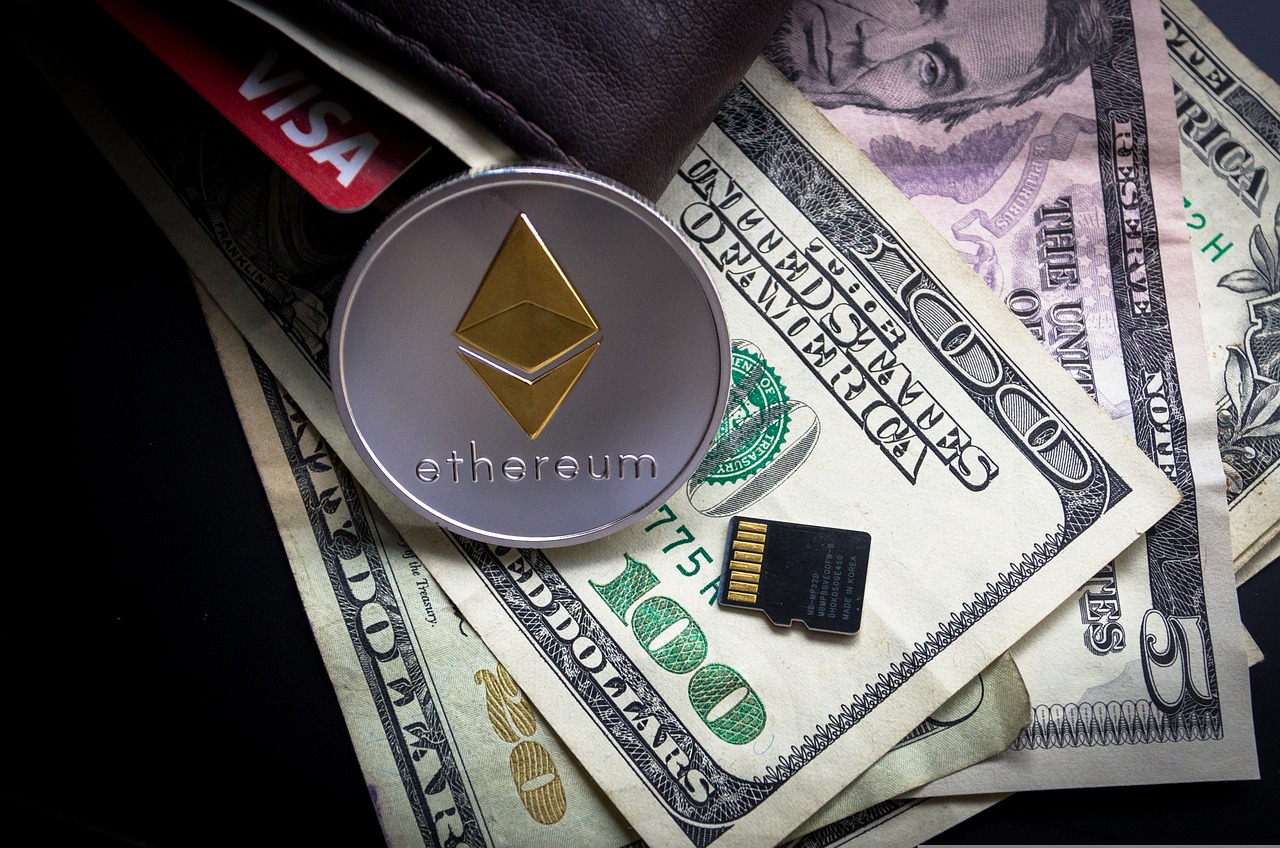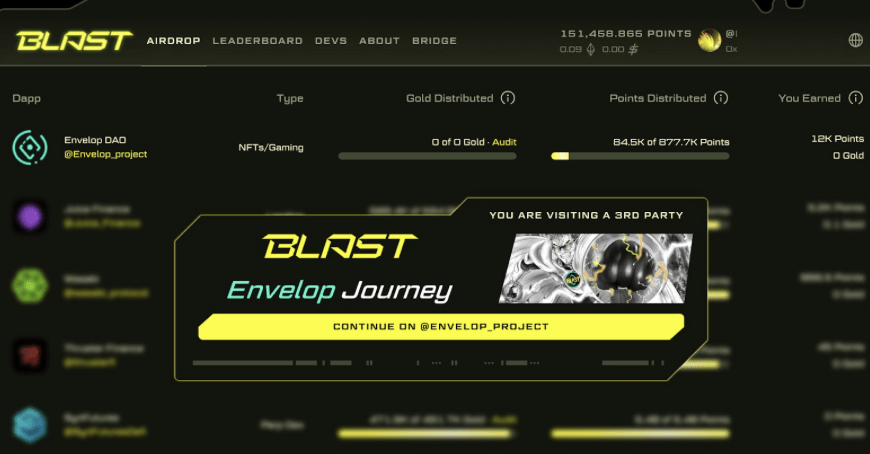No event in crypto has ever been as hyped as much as the Ethereum Merge, and that’s saying something for an industry that lives on hype. The shift to proof-of-stake will reduce the network’s energy consumption by a whopping 99%, a game changer environmentally. The Merge will have some effect on fees, although probably not on transaction costs. But what experts seem most excited about is phase 3 which will have a great effect on the network’s scaling abilities, notably by introducing sharding.
Sharding will make nodes easier to operate, secure the data distribution requirements, and enable rollups to be even cheaper. Contrary to the popular misconception that the Merge will lower gas fees on Ethereum network transactions, it won’t. It will, however, enable L2s to offer low transaction fees and leverage the security of Ethereum, according to the Ethereum Foundation.
Layer 2 solutions—such as Arbitrum or Optimism— are some of the most important actors in crypto. They allow for scalability and increased throughput, while maintaining the integrity of the Ethereum chain. All of this facilitates the good stuff that Crypto is riding on such as decentralization, transparency, and security. We spoke with industry experts to get a feel for how the Merge will affect Ethereum L2s.
James Wo, Founder & CEO of DFG, explains how phase 3 is what will be a game changer for L2s.
“Once Phase 3 is accomplished, Ethereum will introduce sharding - a form of parallel processing that developers will greatly improve Ether's transaction throughput: from 15-45 TPS to 100,000 TPS. With the deployment of sharding, ETH's greater scalability and capacity will reduce costs and increase dApps accessibility. In the long run, the relationship between Eth2.0 and existing scalable Layer 2 solutions should be symbiotic. It means that different scalability solutions can work in harmony with each other in order to impact future transaction speed and throughput exponentially. It is these combined effects, not one of them that Ethereum plans to achieve its vision of ecological convergence.”
Marom Yigy VP blockchain at LEAP, a Web3 based sports-discovery and endorsement platform, is optimistic about the future of L2s, but thinks sharding might present L2s with a need to revamp themselves.
“Layer 2 solutions are most often workarounds to bottlenecks on the Ethereum network; they won't disappear at this step of the merge because gas prices aren't expected to drop. That will likely change once sharding is introduced, because sharding itself solves the issue L2s were created to fix. By then, L2s might be less popular—though the big ones will find new ways of reinventing themselves.”
This sentiment is shared by Anderson Mccutcheon, CEO and Founder of Chains.com, a cryptocurrency and NFT exchange platform designed to allow users to earn, trade, invest and spend across multiple chains via a single account.Mccutcheon is optimistic about the future need of L2s
“In the long term, we are likely to see an emergence of something similar to the 7-layer model, where L2 finds a long-term role of applying and extending L1s when it comes to domain-specific applications and bespoke solutions. We shouldn't expect L1s to keep extending themselves to the point of supporting every solution and application requirement that the market throws at them. Scalability is not the only thing that L2s can provide. By definition, the role of an L2 is to extend Ethereum. We are very unlikely to end up with L1s that are so perfect that no extensions are needed.”
Alexander Tkachenko, CEO & Founder at VNX, Europe’s first regulated platform for investing in tokenized precious metals, shares the optimism about the future of Ethereum. He is also skeptical about the future of L2s.
“The Merge will not have direct and tangible impact on L2s since it does not solve the scalability solutions immediately. Therefore, at this stage L2s could benefit from the technology movements and attract more users. We believe that after deployment of Ethereum scalability solution the popularity of other L2 protocols will start to decrease as they stop bringing benefits to its users anymore.”
Often compared to a nation state, Ethereum is the kind of entity that sets up rules and norms enabling humans to cooperate with each other on the newest frontier: Web3.
Marek Kirejzyk, CTO of TrustToken, the core team behind TrueFi of the original and leading protocol for crypto-native credit explains.
“In the future Ethereum plans to add features like shards. Shards will be used by L2s to store data. So the ultimate plan is for Ethereum to be a decentralized central bank, which guarantees L2 works properly and your funds are safe, while the vast majority of transactions are processed on L2s.”
Some people have advocated for a fork of Ethereum that will continue running Proof-of-Work, Dario Lo Buglio, Head of Blockchain at Brickken, a company forging a new path in business management and fundraising with tokenized equity, says “L2 protocols can engage with the community and encourage them to not fall into any PoW scam.”
“L2s will likely become shards as other shards. There’s a possibility that current L2s like Arbitrum or Optimism will be shards when ETH will scale. Most important one needs to distinguish between L2 and side chains. Polygon is a sidechain, Arbitrum and Optimism are L2 solutions.”
Now that phase 2 of The Merge is completed successfully, industry insiders are bracing for phase 3. Phase 2 hasn’t changed the major dynamics of building on the network, but instead tackled a huge energy inefficiency problem. The dynamics on the Mainnet might change dramatically with phase 3, and exactly how the players will adapt still remains to be seen.
Disclaimer: This article is provided for informational purposes only. It is not offered or intended to be used as legal, tax, investment, financial, or other advice.






